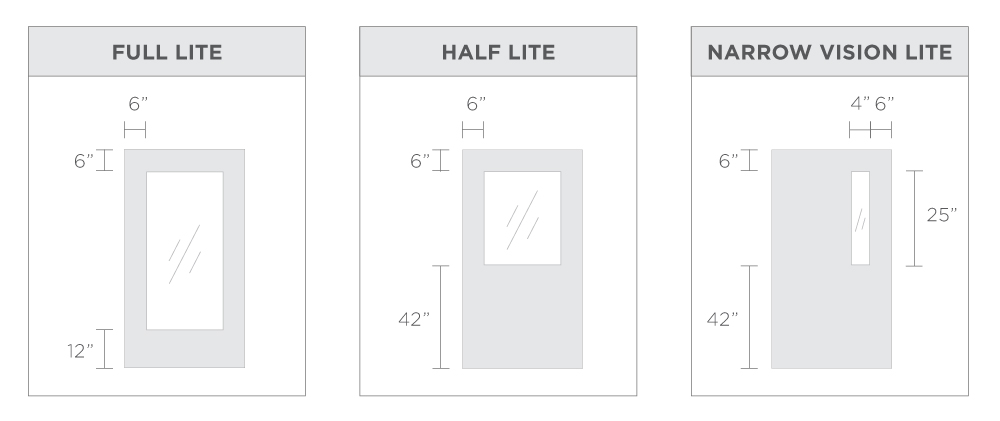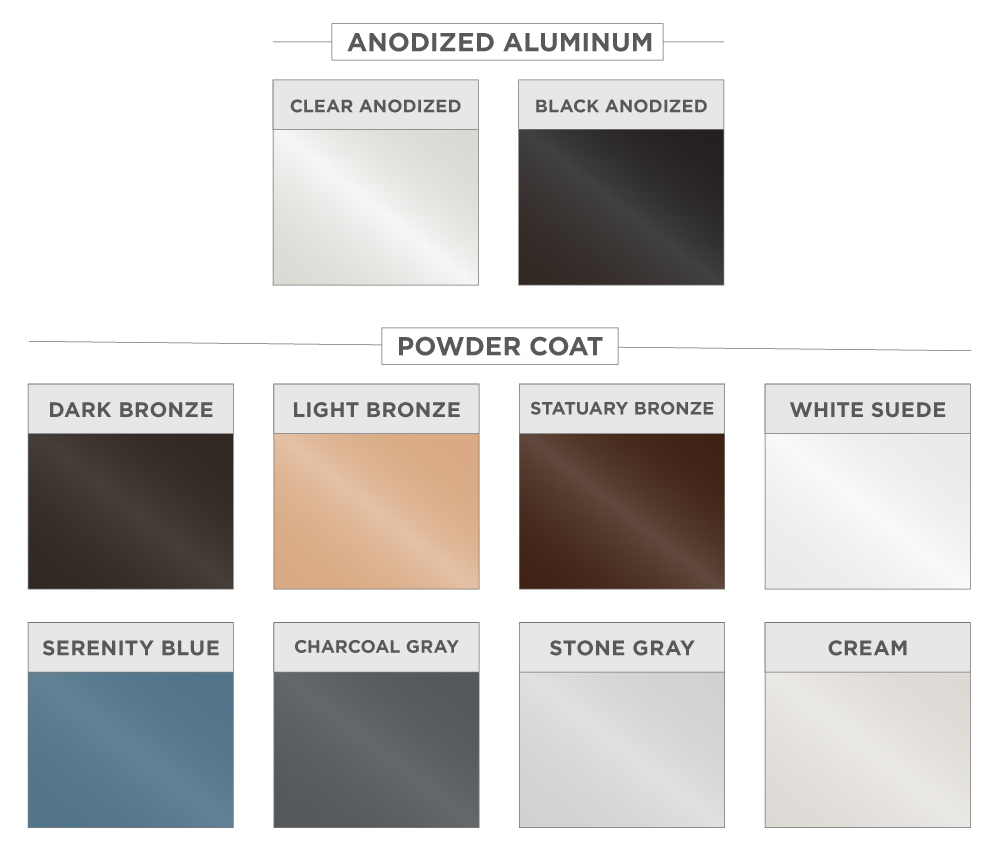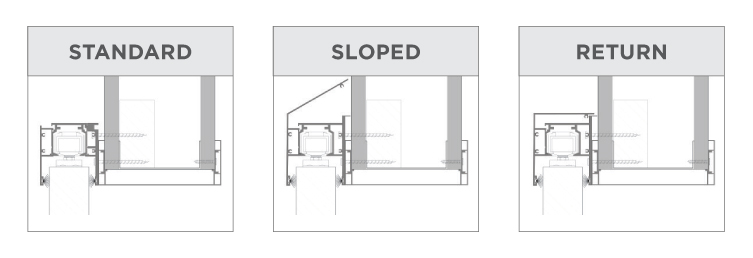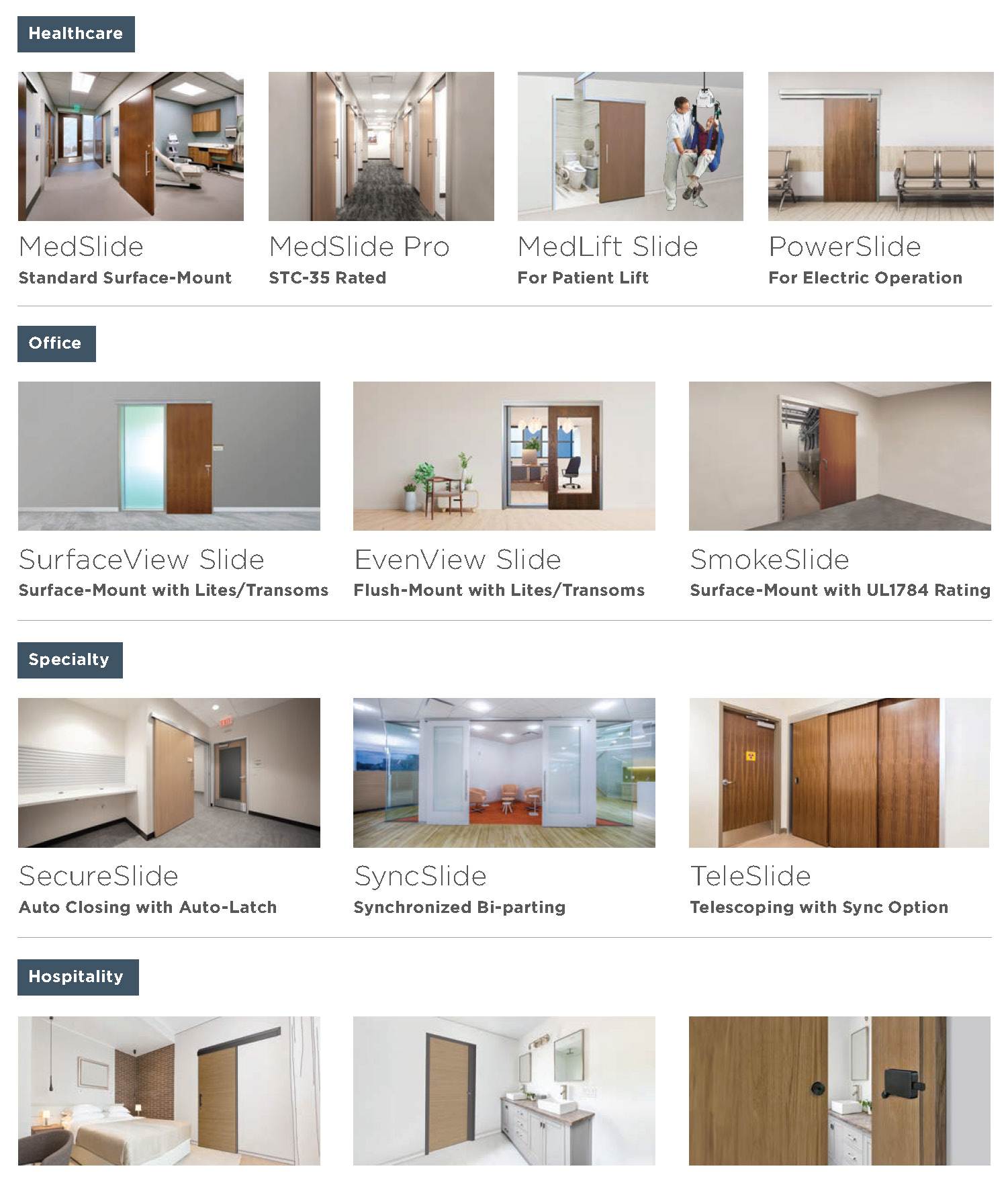7 Creative Ways Educational Sliding Doors Enhance Learning Environments
In today's rapidly evolving educational landscape, the integration of innovative design elements is crucial for enhancing learning environments. One such element gaining traction is "educational sliding doors," which not only provide functional benefits but also transform the spatial dynamics of classrooms and collaborative areas. According to a report by the Center for Green Schools, environments that promote flexibility and collaboration can increase student engagement by up to 25%. Furthermore, research indicates that adaptable learning spaces foster creativity and critical thinking, essential skills in the 21st century. By implementing educational sliding doors, educators can create multifunctional spaces that encourage active learning and seamless transitions between various teaching methods. This blog explores seven creative ways educational sliding doors can enhance learning environments, demonstrating their impact on modern pedagogical practices.
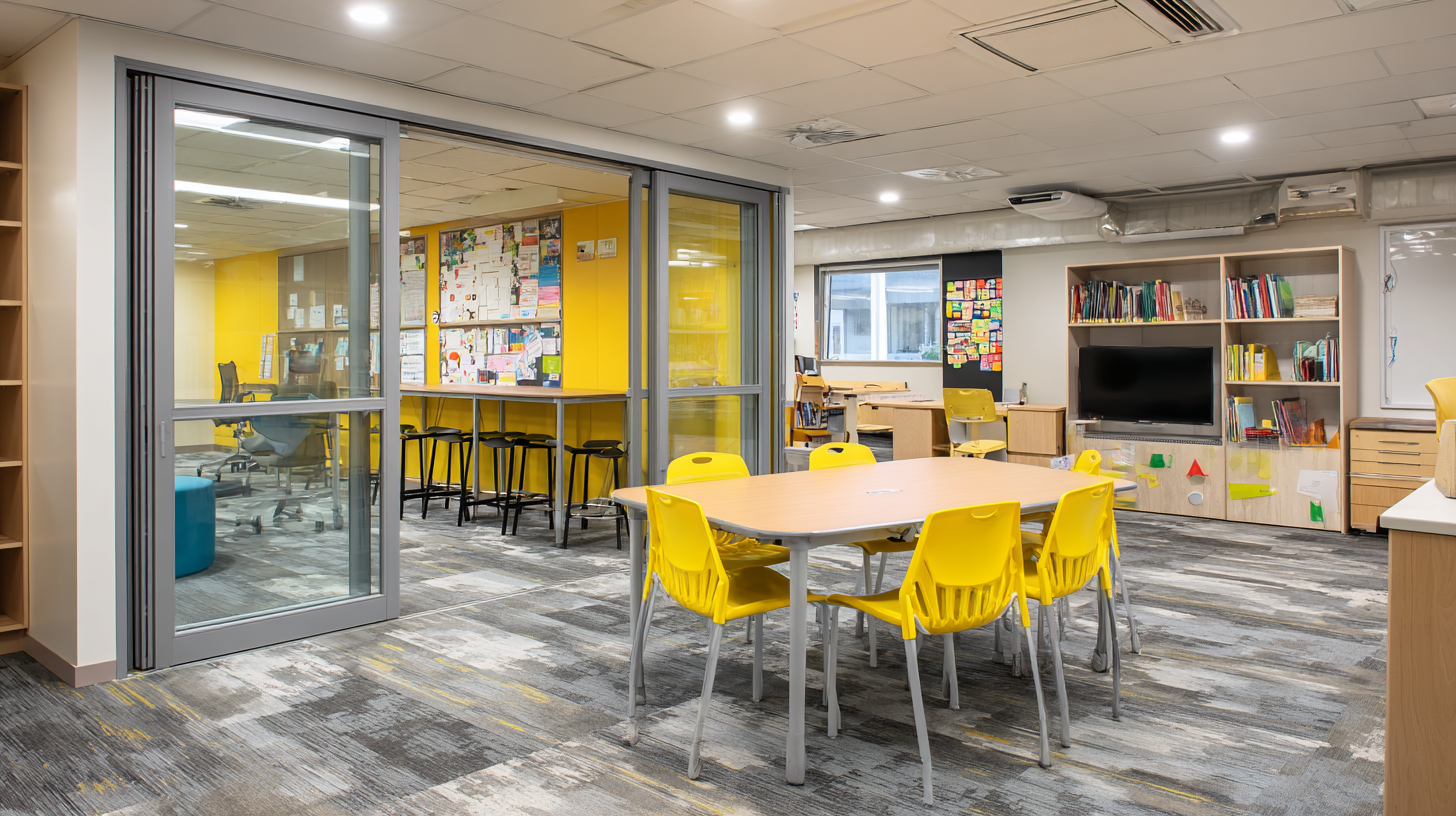
Transforming Classroom Spaces with Smart Sliding Doors
In today's educational landscape, transforming classroom spaces is crucial for fostering an engaging learning environment. Smart sliding doors are an innovative solution that enhances flexibility and functionality within classrooms. These doors not only facilitate easy access between different learning areas but also promote collaboration among students by allowing for seamless transitions between group activities and individual study.
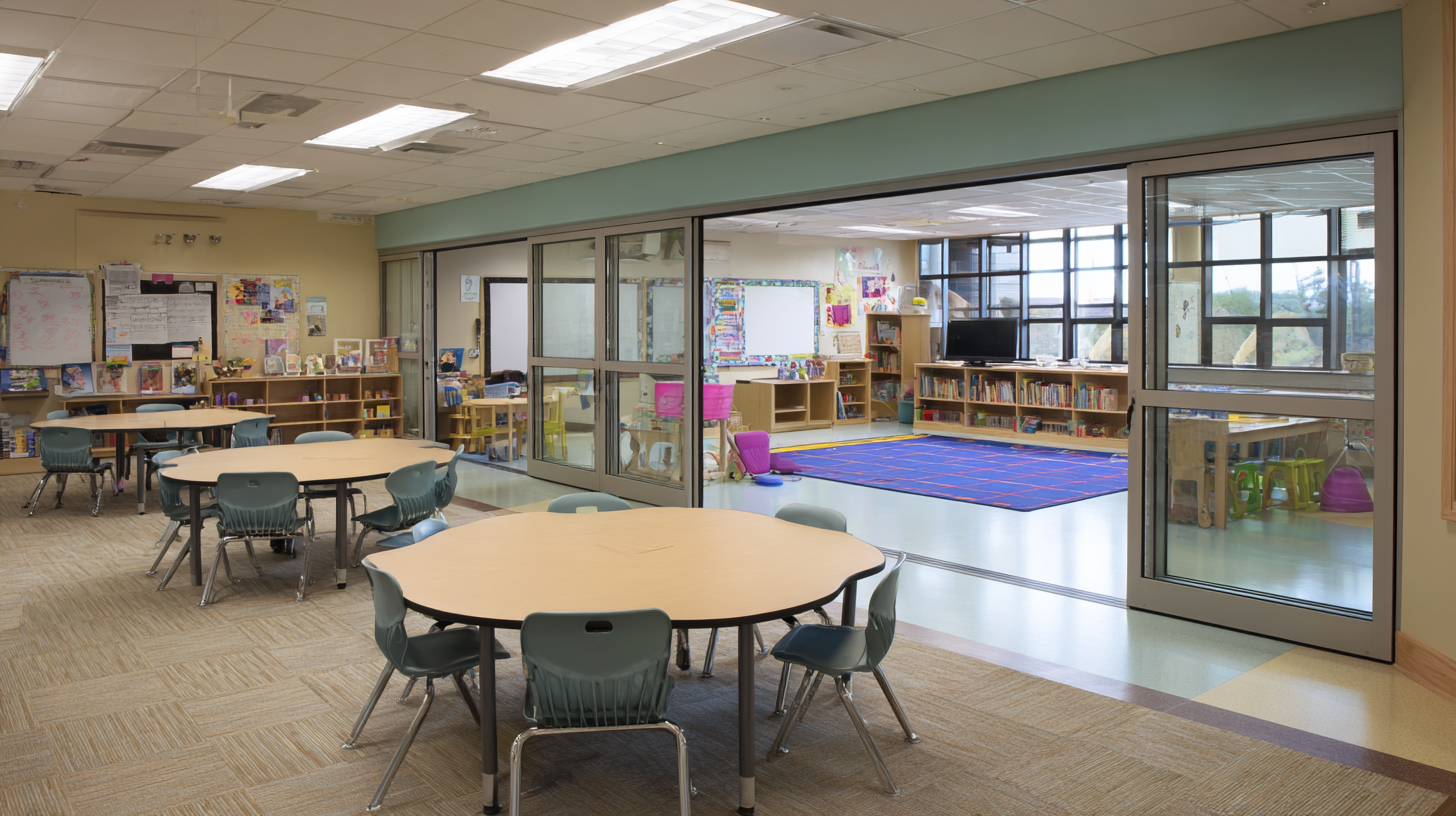
When implementing smart sliding doors, consider incorporating glass panels. This feature allows natural light to flow through, creating a welcoming atmosphere that stimulates creativity and focus. Additionally, you can install doors that are soundproof to minimize distractions, ensuring that students can concentrate fully on their tasks.
Another tip is to use technology to automate the sliding doors. Smart features can enable doors to open with sensors, which is particularly useful for students with mobility challenges. Moreover, automated doors can signal when a classroom is in use, helping to maintain a conducive learning environment. By prioritizing these elements, educators can significantly enhance the classroom experience, making learning more interactive and accessible for all students.
Incorporating Sliding Doors for Flexible Learning Settings
In today’s educational landscape, flexibility is paramount, and incorporating sliding doors into learning environments can be a game-changer. These innovative installations allow for seamless transitions between different spaces, transforming traditional classrooms into dynamic learning hubs. When sliding doors are utilized, educators can easily open rooms up for collaborative projects or close them off to create a more focused atmosphere. This adaptability not only promotes varied teaching methods but also encourages students to engage in different types of learning experiences, whether it be group discussions or individual study.
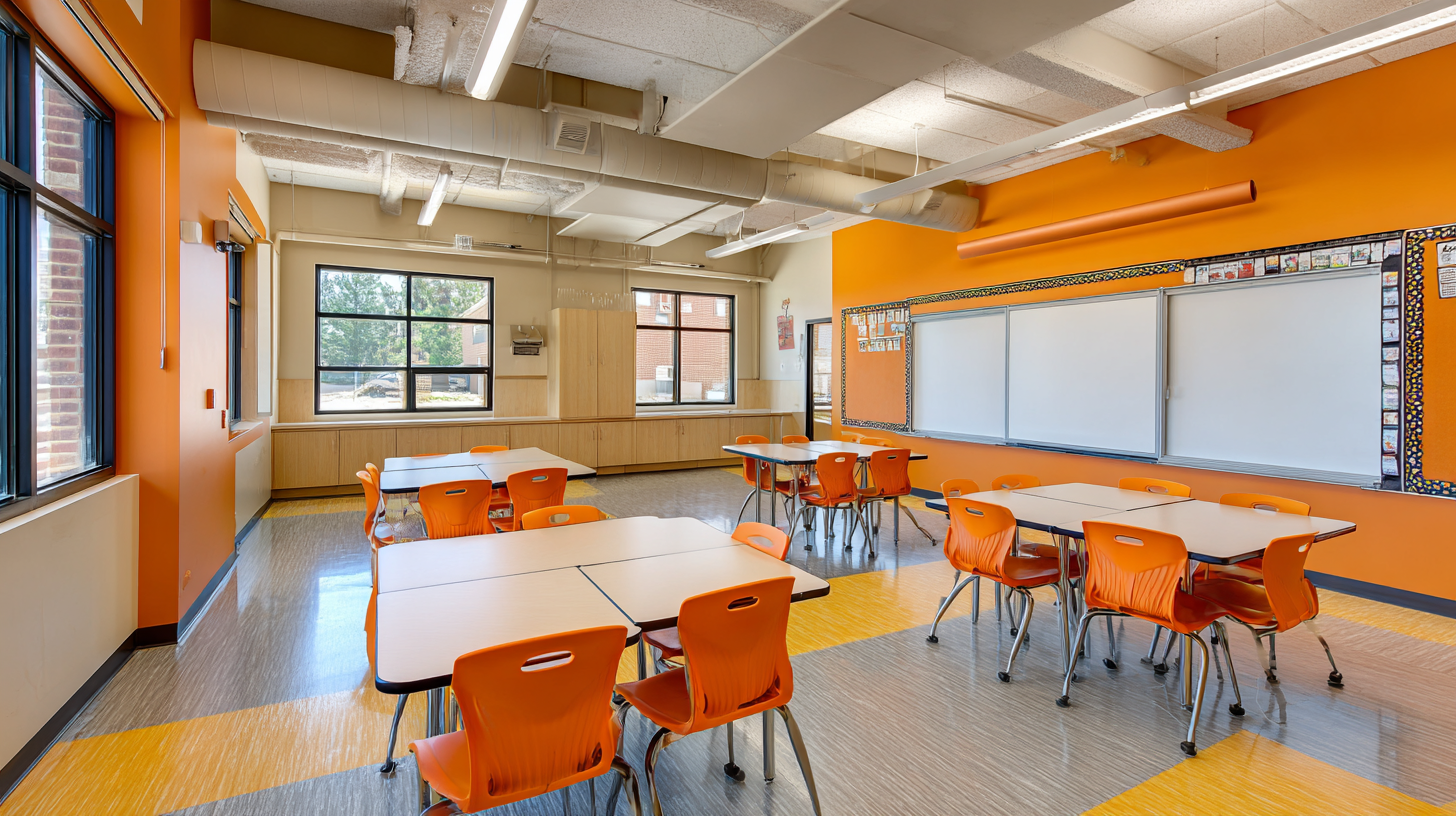
Furthermore, sliding doors can enhance accessibility and safety in educational settings. By enabling quick reconfiguration of spaces, these doors make it easier for students to navigate between areas during events or activities. In addition, having glass options can foster an open and inviting atmosphere, where natural light flows through, enriching the learning experience. The ability to visualize what is occurring in adjacent rooms can also foster a sense of community and engagement, making the overall environment more conducive to exploration and discovery.
Embracing sliding doors can thus create a more inclusive and adaptable educational experience for students and teachers alike.
Boosting Collaboration and Interaction through Innovative Door Designs
Innovative door designs, particularly educational sliding doors, are transforming learning environments by fostering collaboration and interaction among students and educators. These versatile entryways can create open spaces that encourage group work and dynamic discussions. By seamlessly connecting classrooms, sliding doors reduce barriers, allowing teachers to facilitate interdisciplinary projects that span multiple subjects. This openness not only promotes teamwork but also nurtures a sense of community within the educational setting.
Moreover, the interactive aspects of sliding doors can be integrated with technology to enhance the learning experience. Imagine sliding doors equipped with digital screens that display relevant information or announcements as students enter or exit. This provides a platform for real-time interactions and fosters an environment where information sharing becomes effortless. As educators embrace these innovative designs, they create a more engaging atmosphere that stimulates creativity and enhances overall student participation, making learning a collaborative adventure.
Enhancing Privacy and Focus with Customizable Sliding Partitions
In today's educational settings, privacy and focus are paramount for fostering effective learning. Customizable sliding partitions serve as innovative solutions to tackle these needs. According to a report by the World Economic Forum, environments that prioritize acoustics and visual privacy can enhance student performance by up to 12%. Sliding doors not only provide flexible spaces for collaborative work but also enable educators to create quiet zones, allowing students to concentrate better on their tasks.
Moreover, the adjustable nature of these sliding partitions allows for quick reconfiguration of rooms to suit various educational activities. The Center for Green Schools highlights that flexible learning environments can lead to a 22% increase in student engagement. By using sliding doors, schools can easily transition between group discussions and solo study sessions without the need for extensive renovations. This adaptability not only supports a diverse range of teaching methods but also promotes a healthier classroom atmosphere, driving better educational outcomes.
Impact of Educational Sliding Doors on Learning Environments
Integrating Technology into Sliding Door Solutions for Modern Education
Incorporating technology into sliding door solutions can transform modern educational environments, offering a blend of functionality and innovation. These doors can serve as dynamic tools that enhance collaboration and communication among students and educators. For instance, integrating smart glass technology allows doors to change opacity, providing privacy when needed and fostering a collaborative atmosphere during group activities. The ability to control these features via mobile devices can further engage students, turning typical classroom interactions into more interactive experiences.
When implementing technology-enhanced sliding doors, consider these tips: First, ensure compatibility with existing educational technology in your institution. This includes integration with classroom management systems and audio-visual tools to create a seamless learning experience. Second, focus on durability and safety features, as these doors will face high traffic in busy educational environments. Lastly, involve students and staff in the design process to gather insights on how these spaces can best facilitate learning and interaction, ensuring that everyone benefits from this modern approach to educational design.
7 Creative Ways Educational Sliding Doors Enhance Learning Environments
| Feature | Benefits | Technology Integration | Learning Environment Impact |
|---|---|---|---|
| Flexible Spaces | Allows for quick reconfiguration of classroom setups | Smart door sensors | Facilitates team-based learning |
| Soundproofing | Minimizes distractions from surrounding areas | Acoustic materials | Improves focus and concentration |
| Interactive Features | Encourages student engagement during lessons | Touchscreen integrations | Enhances collaborative learning |
| Natural Lighting | Reduces dependence on artificial lighting | Smart glass technology | Boosts mood and productivity |
| Safety Features | Enhances security for students and staff | Automated locking systems | Creates a safer learning atmosphere |
| Energy Efficiency | Reduces energy costs for educational institutions | Energy-efficient materials | Supports sustainability initiatives |
| Aesthetic Appeal | Enhances overall visual design of learning spaces | Customizable design options | Fosters a motivating educational environment |
